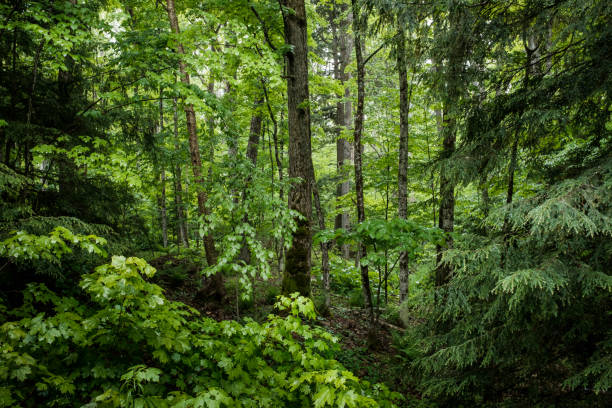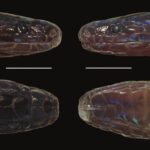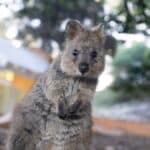
Aenigmanu alvareziae belongs to the rarest plant species in the American tropics (Peru’s Manu National Forest), The Amazon rainforest, covering much of northwestern Brazil and extending into Colombia, Peru, and other South American countries, is the world’s largest tropical rainforest, famed for its biodiversity. The most important area of protecting nature is by protecting and understanding new and existing plant, animal species in-depth.
According to the first global assessment of the world’s flora, there are 390,900 plants which are known to science, this tally is part of a report carried out by the royal botanic gardens, Kew. “ This is just scratching the surface. There are thousands out there that we don’t know about”, said Prof Willis. However, scientists are finding new species all the time, Aenigmanu alvareziae is one of the species which belongs to a small, mainly neotropical family of four genera, the family is restricted to American tropics. Aenigmanu alvareziae representatives are rich in secondary metabolites, some species are important for pharmaceutical purposes, Aenigmanu alvareziae belong to the Picramniacea family.
The discovery of the plant was left confused until now, ever since they first found it having orange-colored paper lanterns-like fruits. As per Eureka Alert’s report, Robin Foster, the Smithsonian Tropical Research Institute faculty, who discovered the plant said that it was the orange-colored Chinese lantern-like fruits that grabbed his attention.
Basically what is unknown to the human mind stays as a mystery, and humans research to find out the history, and usages of the particular subject. According to research, scientists found over 1,108 distinct tree species within Manu national park boundaries, this space serves scientists as a research lab. Aenigmanu alvareziae was discovered by Robin Foster, a retired curator of Chicago’s Field Museum, in Peru’s Manu National park in 1973 nearly 50 years ago. It was so difficult for the scientists to identify the plant’s closest relatives, at least at first glance. When Foster first discovered the plant, he thought it looked, unlike anything he’d ever seen, “ I didn’t think it was special, except that it had characteristics of plants in different plant families, and didn’t fit neatly into a family” he said. Scientists were unable to identify from which family it belongs. The reason behind that was Aenigmanu alvareziae belongs to the family of Picramniaea itself, the under-researched plant group.
Aenigmanu alvareziae is about 6 m (20 feet) tall, with its small, delicate orange fruits. After closer observation Nancy Hensold, a botanist at the field museum found some similarities then, the researchers sent specimens to New York Botanical Garden’s Dr. Wayt Thomas, an expert in Picramniaceae. When he saw it at first he declared it is nowhere related to the Picramneae bit, he decided to look at the plant structure closely at the tiny 2-3- mm then things became clear. Finally getting a scientific classification for Aenigmanu alvareziae could ultimately help protect the Amazon rainforest in the face of deforestation and climate change. Most of the Amazon rainforest plants are under study. Dr. Foster said.
“To understand the changes taking place in the tropics, to protect what remains, and to restore areas that have been wiped out, plants are the foundation for everything that lives there and the most important to study.” “Giving them unique names is the best way to organize information about them.” A single rare species looks like there is no specialty about it but when collectively new species appear that will give a huge impact on the minds of people, it would be better to know various species and their uses for several purposes, precaution is better than cure.
Reaching the End:
The biggest plants on the planet are trees, they give life to the world’s wildlife. Trees contribute to our environment by providing oxygen, improving air quality, preserving soil, and they also provide materials for tools and shelter. Plants have the unique ability to produce their food on their own through a process called photosynthesis, in this process plants produce carbohydrates that cannot be produced in animals or humans.
There are so many beautiful ways of showing gratitude towards what we receive from nature. We show our interest towards new species of plants and animals, to know their importance in our lives. widely important plants and animals produce medicinal values and also give wood for our furniture. But few mysterious plants like Aenigmanu alvareziae remain unknown by science and people still, plants and other species play their role on the planet.
Trees
I think that I shall never see
A poem is lovely as a tree.
A tree whose hungry mouth is prest
Against the earth’s sweet flowing breast;
Who intimately lives with rain.
Poems are made by fools like me,
But only God can make a tree.
By Joyce Kilmer.
There are several essays, stories, poems, posts on trees, one of the Poems by Joyce Kilmer speaks about the natural beauty of Trees.







